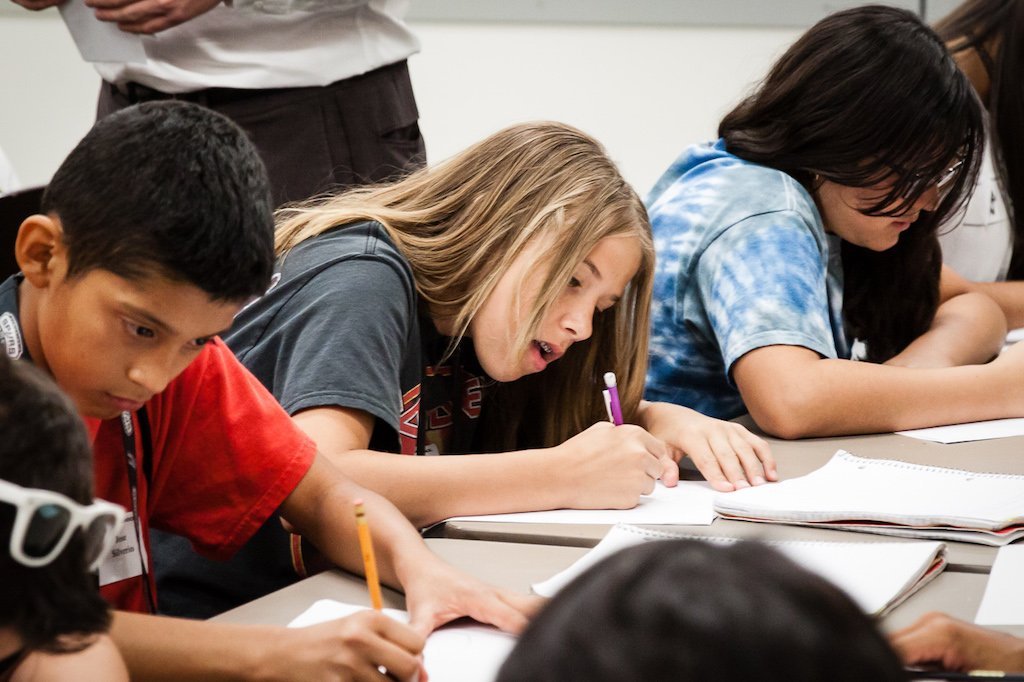 Picture this. You’re coming back home from a long day at school, learning in a hot classroom. You finish the day tired and come back home on a stuffy car ride or a sweltering walk. Sounds familiar, right?
Picture this. You’re coming back home from a long day at school, learning in a hot classroom. You finish the day tired and come back home on a stuffy car ride or a sweltering walk. Sounds familiar, right?
Well, you’re not alone. In fact, heat exhaustion rates have increased by 4.6% in the last four years, and the problem only gets worse as global temperatures continue to soar.
Studies show that one in five children are enduring twice the hot days as their grandparents once did.
Impact on Students
The United States has experienced nearly a 40 percent increase in +80˚F days. According to U.S. law, it is mandatory for schools that experience +80˚F weather to implement air conditioning on their campuses. However, just in the United States, around 36 thousand public schools lack sufficient cooling systems.
In China, many schools rely solely on ceiling fans to cool down their classrooms, and authorities hesitate to provide proper funds to address the concerns. In response, schools requested parents for donations to fund campaigns to revamp their temperature regulation measures.
 The problem is much worse for countries that lack adequate funding. Anywhere from 40 to 70 percent of children in over 16 countries including Palestine, Benin, and Honduras experience extreme heat days compared to previous generations.
The problem is much worse for countries that lack adequate funding. Anywhere from 40 to 70 percent of children in over 16 countries including Palestine, Benin, and Honduras experience extreme heat days compared to previous generations.
The main issue with heat is the impact it has on the students. Heat can stunt the development of problem-solving skills, emotional and behavioral control, and language formulation, along with a good night’s sleep.
The biggest problem is learning loss. Heat has been proven to slow down children’s cognitive functions and concentration spans, and affect test scores. It also makes teachers and students more irritable and unmotivated (read our earlier article here).
Policy Measures
Increasing the number of green spaces and coating the rooftops in reflective paint can deter sunlight and bring more shade. Installing better ventilation and air conditioning, while creating local infrastructure to power these mechanisms can provide the best cooling indoors.
Innovation is the most impactful way to control the heat at our schools, but it’s not always easy to obtain the funds for it. That is why it is also important to create guidelines for schools. California recently implemented a law that requires schools to actively monitor weather conditions and adjust athletic events and practices accordingly. Mandatory school closures due to extreme heat and online classes have become a last resort for some, even though it is hard on working parents.
However, any form of change and adaptation starts with us. While we continue to find new solutions to our problems, staying hydrated, being aware of our surroundings, and maximizing ventilation indoors by opening windows are important.
Sources: NY Times, NPR, Harvard, Laist.org, NIH.gov, sixthtone.com








